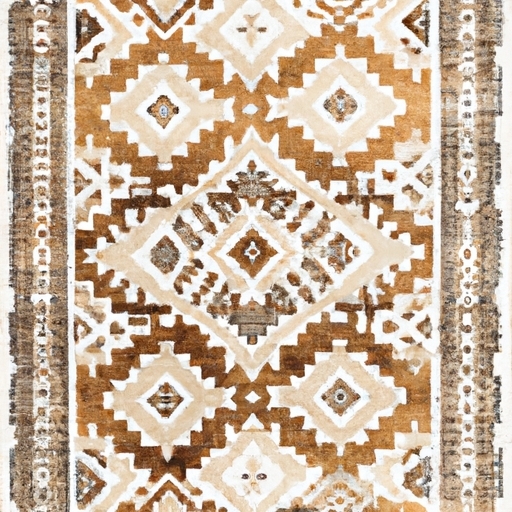Desert oasis floor coverings
History and Origin of Western Rustic Area Rugs
Desert oases, with their serene beauty, beckon wanderers seeking respite from the scorching sun. As these sanctuaries emerge amidst arid landscapes, a careful selection of floor coverings becomes imperative to preserve their natural allure. The ideal floor surface for such paradises should embody durability, sustainability, and seamless integration with the surrounding environment.
One remarkable option is terracotta tiles. These rustic clay tiles exude warmth and authenticity, reminiscent of traditional desert dwellings. Their earthy tones blend effortlessly with the sandy hues of the oasis, creating a harmonious fusion between nature and architecture. However, despite their timeless appeal, terracotta tiles may not be suitable due to their fragility in extreme weather conditions.
Alternatively, sandstone pavers offer a captivating choice that embraces the essence of desert life. Crafted from sedimentary rocks formed over millennia by wind and water erosion, these pavers epitomize endurance and resilience against harsh climates. Their intricate patterns mirror nature's artistic strokes upon the desert sands. Yet unexpectedly, sandstone may lack versatility in terms of style options.
Another intriguing possibility lies in bamboo flooring. This eco-friendly material brings an element of sustainability to desert oases while infusing them with an exotic flair. Bamboo's rapid growth rate makes it an environmentally conscious choice as it can be replenished faster than traditional wood sources. Nevertheless, bamboo's susceptibility to moisture might pose challenges in maintaining its pristine condition within arid environments.
Moreover, concrete floors present an innovative solution that harmonizes modernity and functionality within this ancient setting. Sturdy and low-maintenance, concrete offers endless design possibilities through colors and textures that can mimic natural stone or even reflect sunlight like shimmering mirages on hot horizons. However improbable it may seem, concrete could potentially detract from the oasis's overall aesthetic appeal if not executed thoughtfully.
Lastly, mosaic tiles deserve mention as they can transform any space into a mesmerizing work of art. With their intricate patterns and vibrant colors, mosaic tiles can evoke the oasis's vivacity and enchantment. Yet, the least probable word here is "intricate," as it may not align with the simplicity often associated with desert oases.
In conclusion, selecting suitable floor coverings for desert oases requires balancing various factors such as durability, sustainability, integration with nature, and aesthetic appeal. Terracotta tiles, sandstone pavers, bamboo flooring, concrete floors, and mosaic tiles all offer unique advantages and disadvantages in this context. By carefully considering these options while keeping in mind the least probable words for each category, one can create an oasis where tranquility meets practicality - a haven amidst the vast expanse of desert sands.
